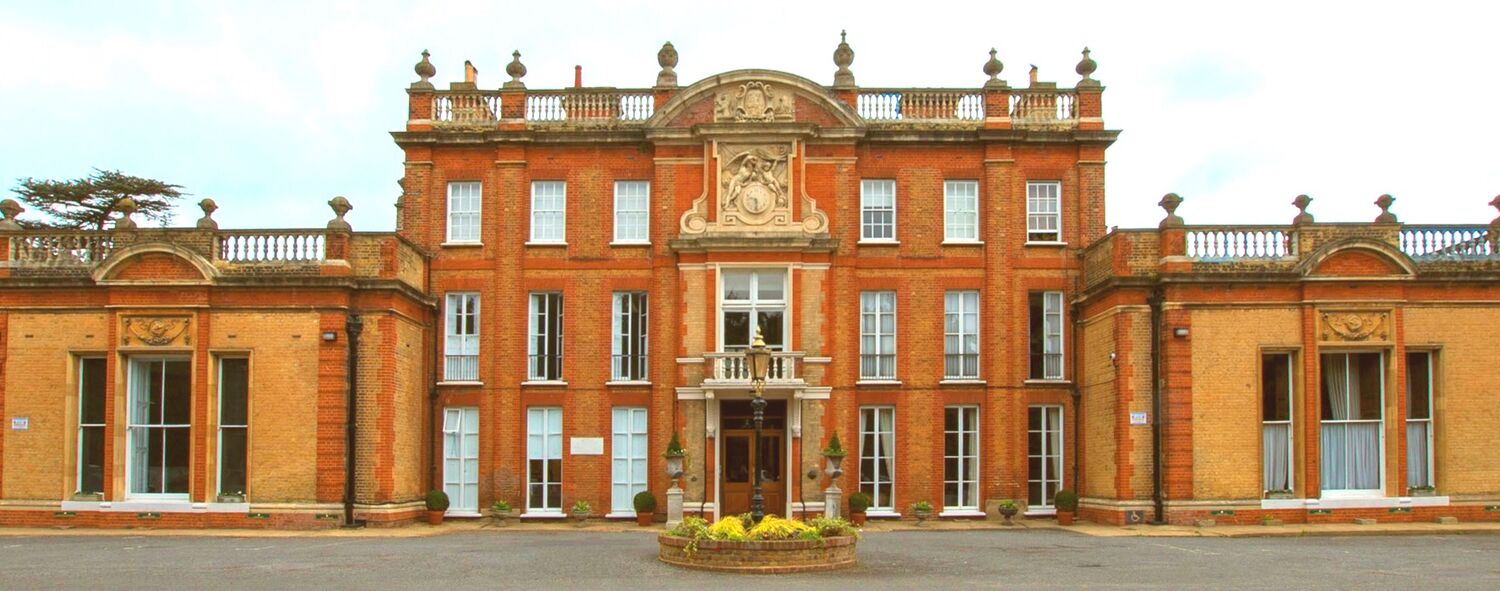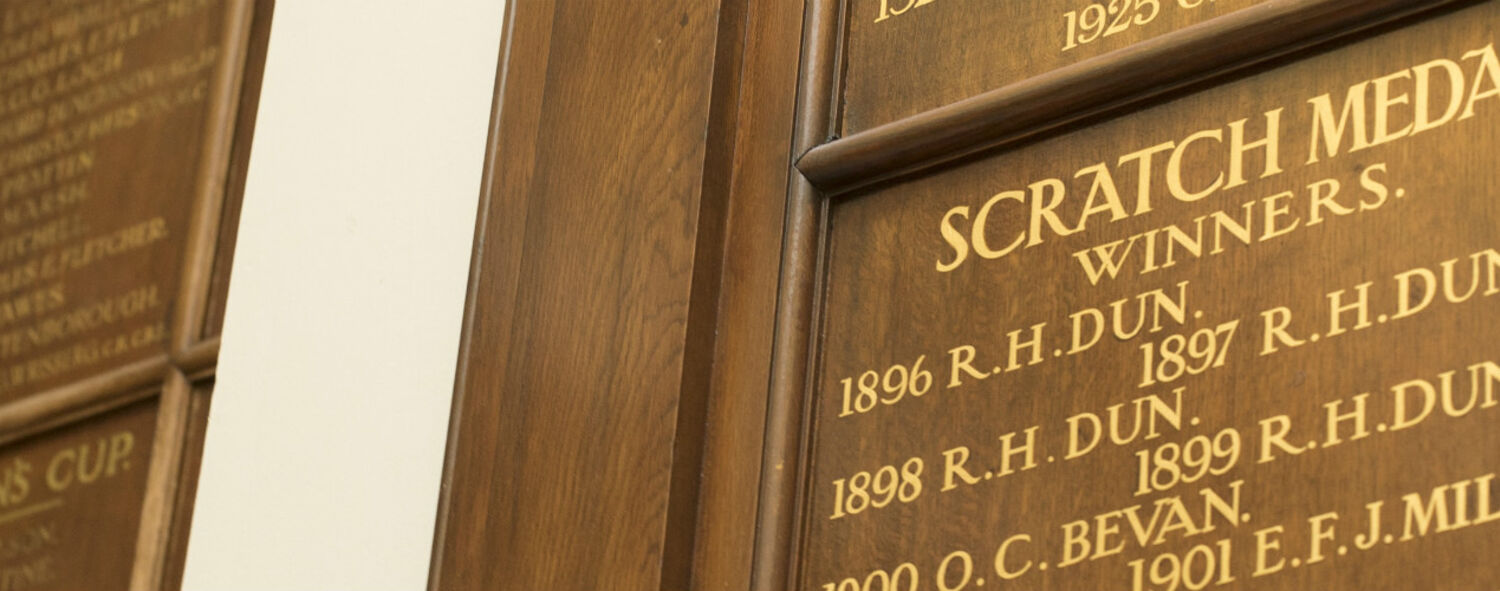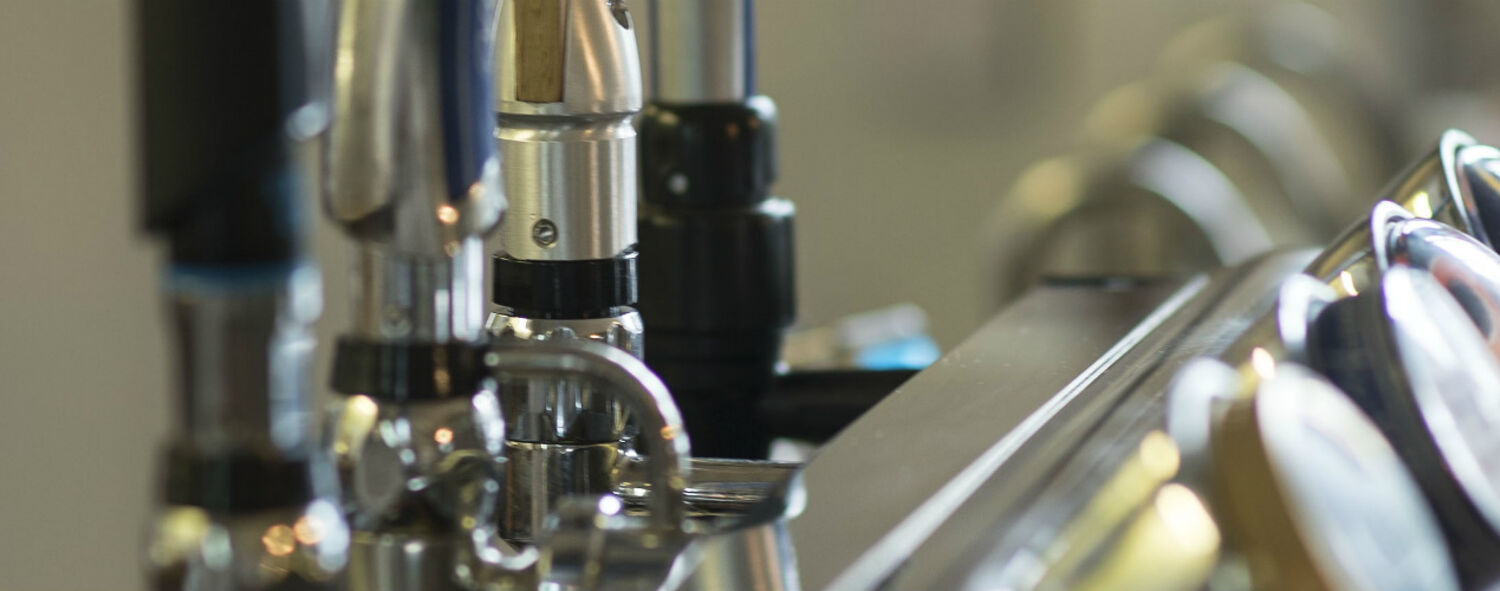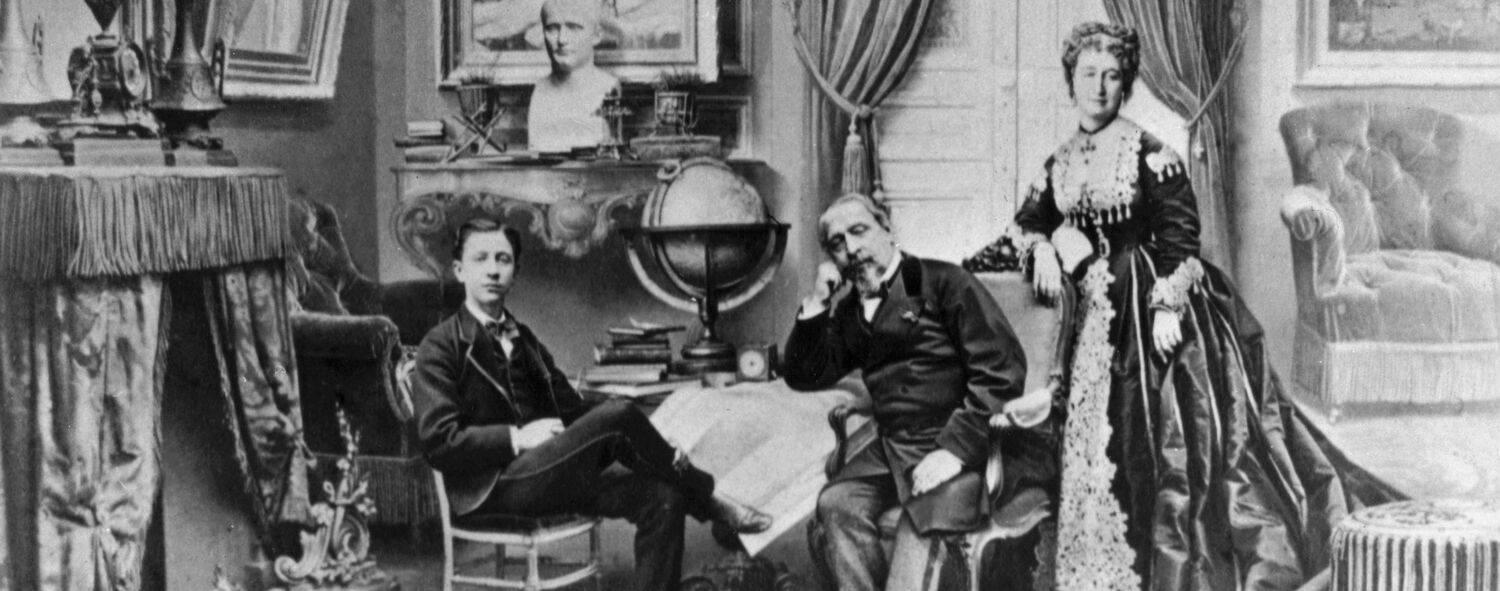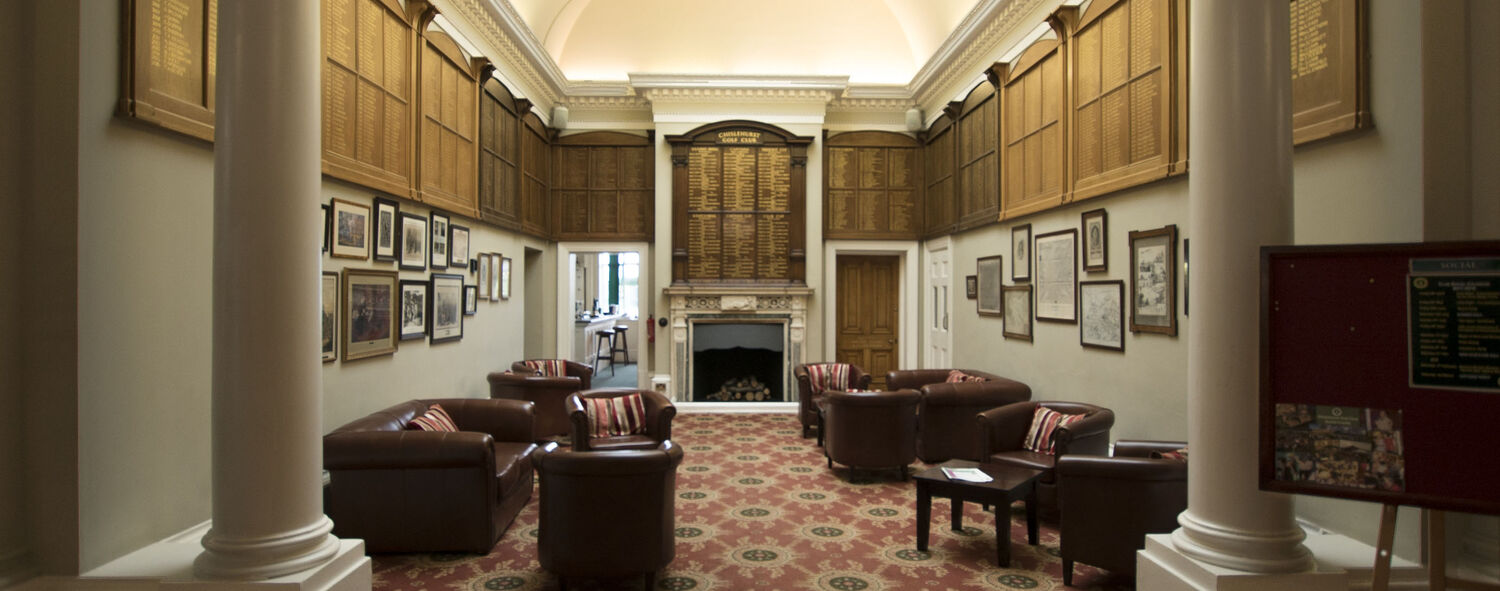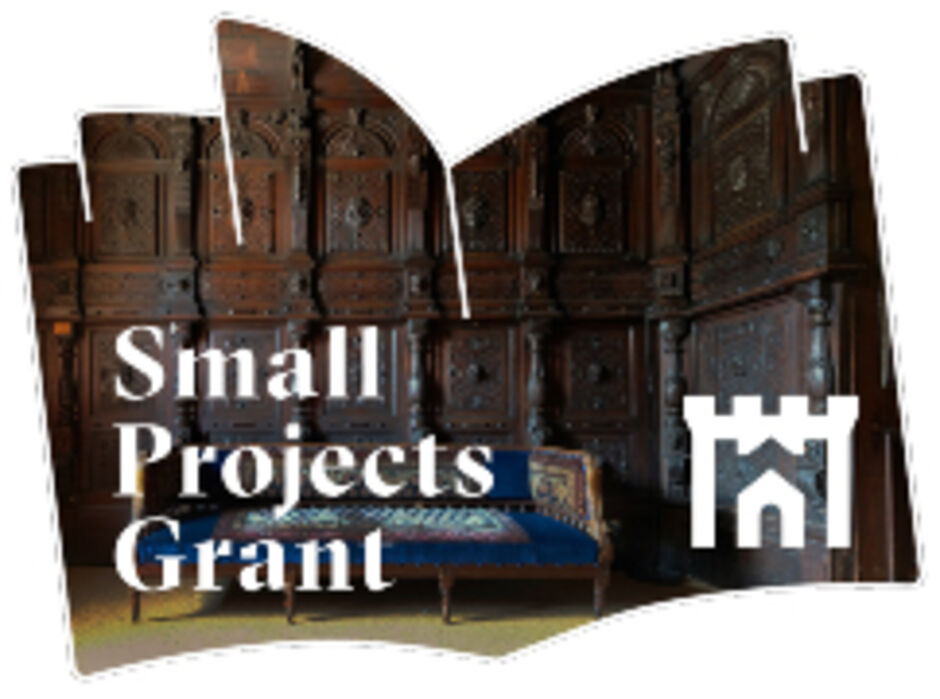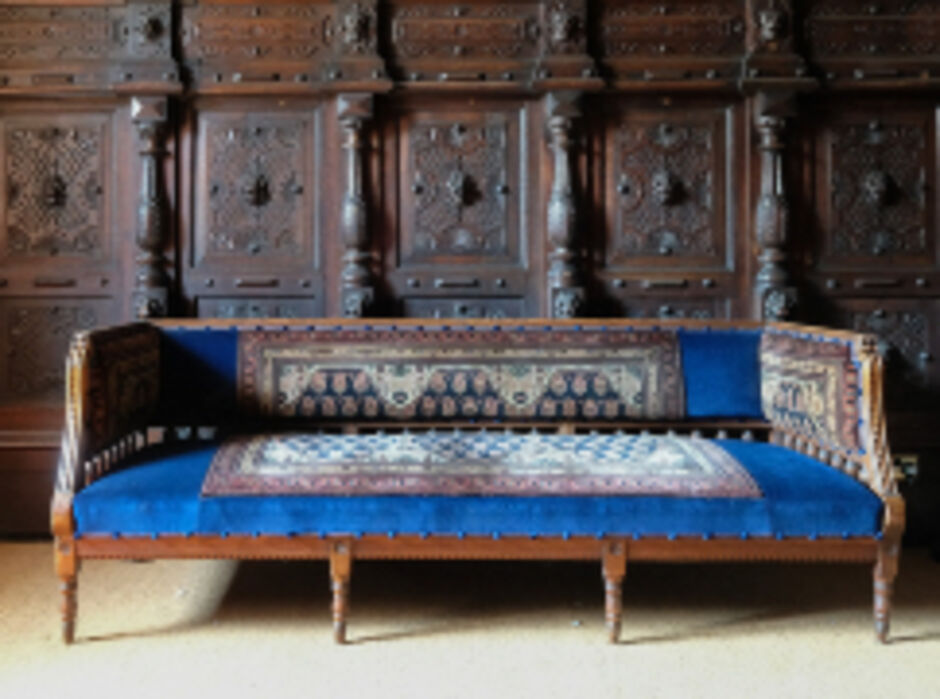
Nathaniel Strode
A new dining room, picture gallery and frenchification of the house
Not surprisingly, the Bonar family were reluctant to move into the property where their parents had been so brutally murdered and the house was rented out to a succession of tennants in the coming years.
One such was Henry Rowles, a successful financier whose daughter Emily was born at Camden Place in 1823.
The family lived here for just 3 years but in her debutant year Emily met the young, eiled Prince Louis Napoleon and there was even talk of an engagement.
Sadly this love match was cut short by the Prince’s second, unsuccessful coup attempt. This ended in his 5 year imprisonment at the Castle of Ham. Emily stayed in contact but on his return, now the father of 2 illegitimate sons with the castle’s laundress, all talk of engagement seems to have evaporated.
There are numerous reports of Napoleon visiting Camden Place because of the connection to Emily but we are still unable to find evidence of this.
In 1860 the estate was purchased by Nathaniel Strode. A lawyer and fixer who helped the gentry manage the finances of their illegitimate children. One of his clients was a lady called Harriet Howard (born Elizabeth Anne Haryett).
Nathaniel Strode was her trustee and indeed executor of her will. Ms Howard made her name as an actress but made her money from her lovers and a knack with property. By the time she met Louis Napoleon in London in the 40’s she was very wealthy and still very beautiful.
Strode had known Louis Napoleon since 1846. Ms Howard financed much of Napoleon’s political ambitions and when she was eventually repaid from the French Civil List she received the equivalent of £1 million.
Strode bought Camden Place and set about a ten-year programme to turn it into a French chateau or a royal residence?
The changes he made were significant.
- He added a second wing to become a magnificent dining room, decorated with panelling from the Chateau de Bercy.
- He turned the open courtyard into a picture gallery with a glass sky light.
- He turned Bonar’s old dining room into a billiard room.
Throughout the house, he added French and Flemish decorations, art and furniture. Georgian windows were dropped and French shutters added.
Outside; balustrades, urns, balconies and a new clock and coat of arms now decorated the front of the house.
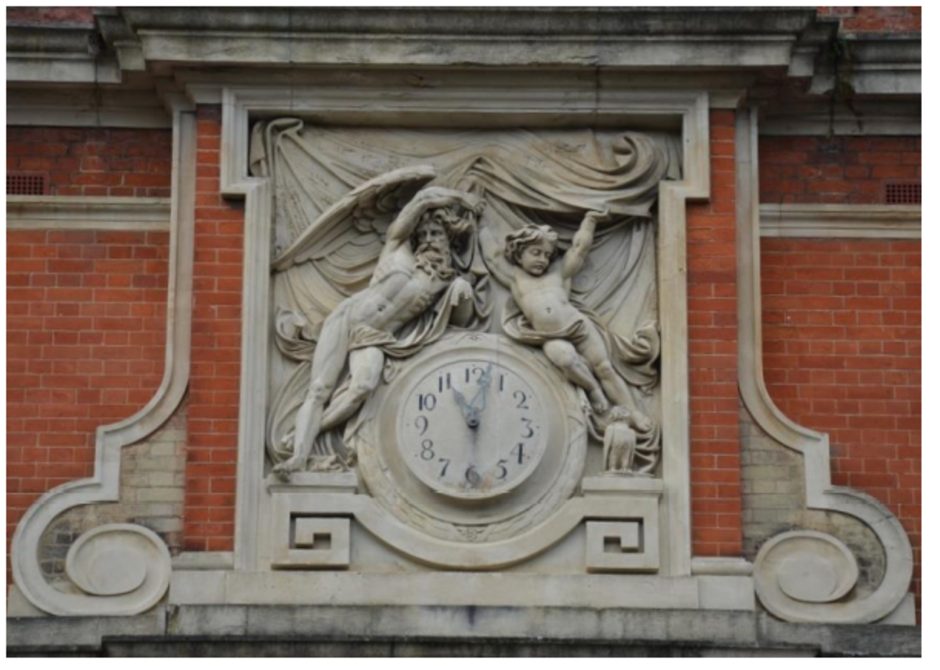
The clock in a heavily carved frame, bears naked figures of a winged Father Time and a cherub with an owl at his feet, emerging from drapery and representing old and young, the passing of time. They stand on a modified Greek key moulding.
The building was brought together with a common covering of brick. By the end of Strode’s modification’s, Lord Camden’s Georgian mansion looked very different.
Gates were acquired from the French Exposition in Paris, 1866 and now created an entrance fit for royal residents and visitors.
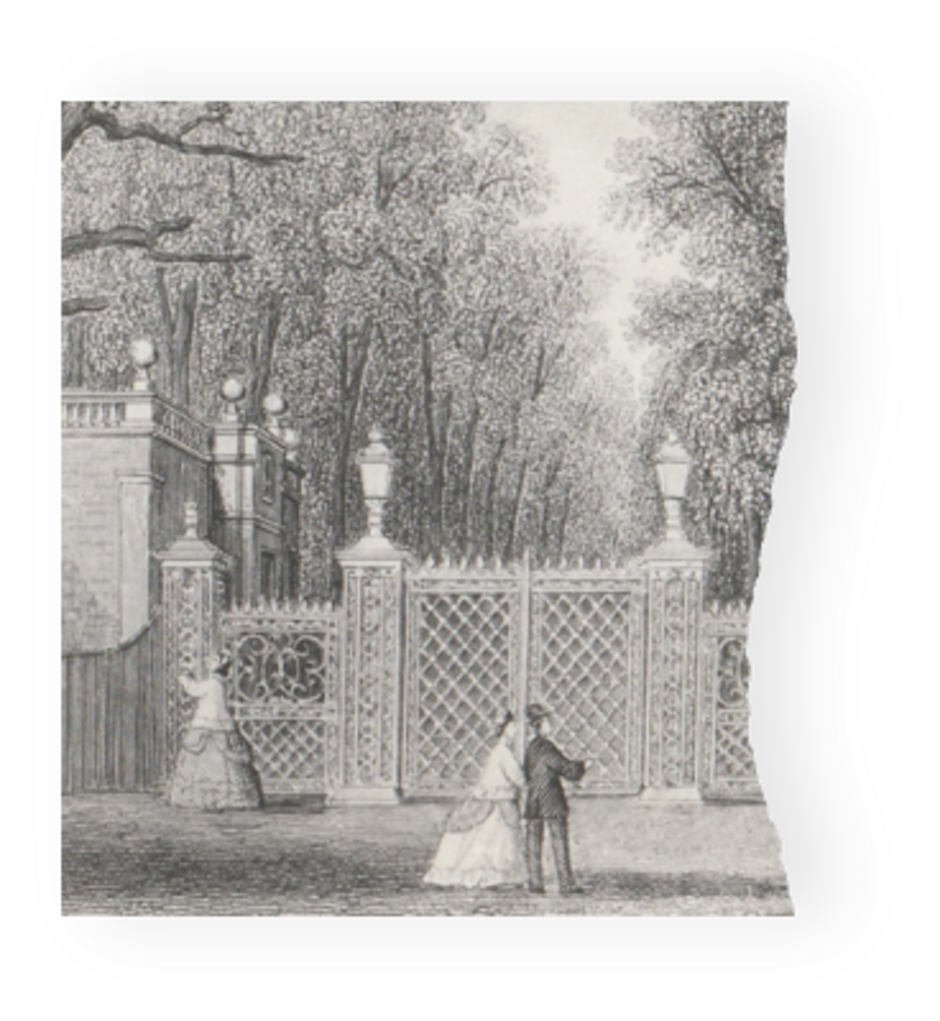
Here you can see the gates, the now mature avenue of lime trees planted by Robert Weston and one of the property's two lodges.
Sadly, the gates were removed as part of the war effort in 1940.
The Imperial Family
We do not really know if or how extensive Napoleon’s influence on the Strode transformation of Camden Place.
There is certainly a wealth of circumstantial evidence indicating the Napoleon himself was at least planning and funding the changes.
- Napoleon knew of the house and may indeed have visited it when he was courting Emily Rowles during his exile in the 1840’s.
- Between 1860 and 62 Strode received 900,000 francs from the French Civil List. There is a possibility that this was the repayment of monies to Harriet Howard, through her trustee Strode.
- It is tempting to suggest that access to some of the special features acquired for the house would have needed greater contacts than Strode probably had. The panelling from the Chateau de Bercy was acquired at auction by the Marquis of Hertford. He was another friend of Napoleon and Harriet Howard. We know he removed 4 paintings from the panels and then somehow the boiserie’s arrived at Camden Place.
- Although the search for a suitable home when the Empress arrived in England is often described as an objective search, yet Camden Place was reportedly discovered by Dr Evans (the American dentist who was a friend of Napoleon’s and Harriet Howard) who had helped Eugenie’s flight from Paris, in fact he knew Strode and Strode offered the house for no rent. Eugenie objective but still ended up paying a pepper corn rate, well below the commercial value of the house.
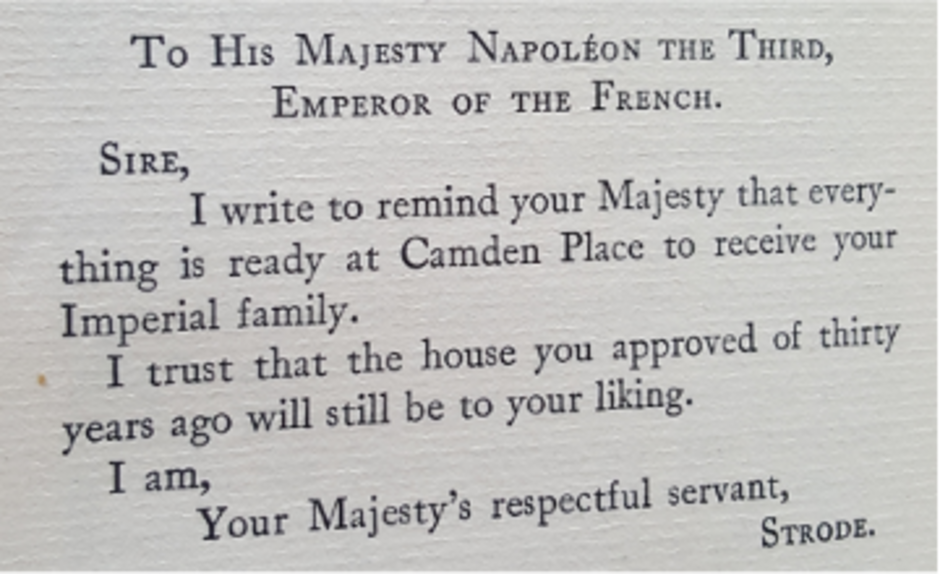
In ‘The Last love of the Emperor’ Louise de Mercy-Argenteau says she asked Napoleon before Sedan about money and he told her he had accounts in several countries in case of an exile and showed her a letter from Strode.
Whatever his early involvement in creating a possible bolt hole in Chislehurst, Napoleon lll lived at Camden Place for less than 3 years, the Empress Eugenie for almost 10 but they left their mark not significantly on the house but on the local area.
The French flag flew above a house that accommodated some 37, including secretaries, doctors, ladies and gentleman in waiting and the Prince Imperial’s tutor.
That was in addition to some 23 household servants. Visitors came on a Sunday to greet the Imperial family as they walked to and from church. Artists, politicians and royalty gravitated towards Chislehurst.
The various descriptions of their lives at Camden Place make it easy to imagine the rooms filled with supporters and important visitors. Napoleon, it seems had a lathe set up in the window of the billiard room and turned wood on days when the weather or his health stopped him leaving the house.
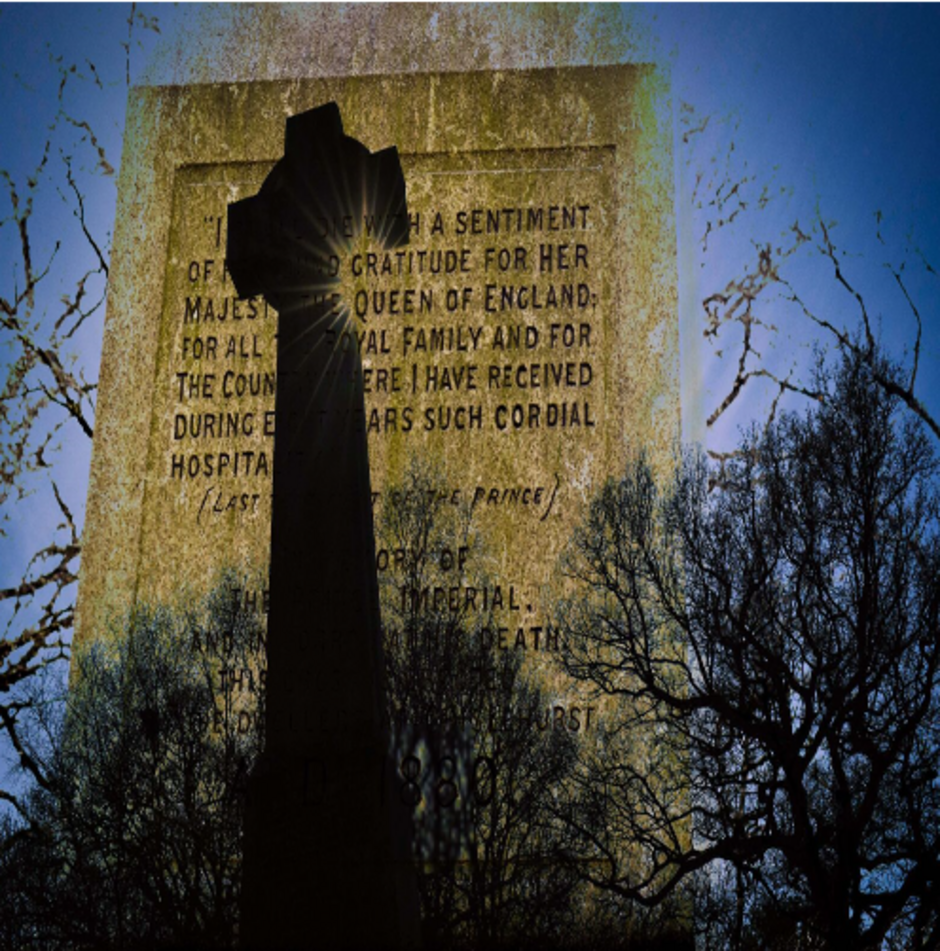
Chislehurst continues to remember them.
Identified as Imperial Chislehurst the old phone prefix of 467 stood for Imp.
And streets and buildings were named after them. From Eugenie cottages, Empress Drive and Prince Imperial Road.
Both Napoleon and his son the Prince Imperial were first buried at St Mary’s the small, Catholic church in the village.
The original chapel Eugenie had built and decorated for her husband and the tomb for her son are still in place although their bodies were moved to the new Abby in Farnborough in 1888.
Following the tragic death of the Prince Imperial whilst observing in the Zulu Wars the people of Chislehurst had a collection for a memorial ensuring the Imperial family would never be forgotten locally. Quite a mark on our landscape and positioned on the common opposite the front doors of Camden Place.
This quote from Napoleon lll and his Carnival Empire by John Bierman captures the role Chislehurst plays in remembering a young foreign Prince.
‘While the splendid boulevards and avenues of present-day Paris and much of the city’s architecture, implicitly memorialise the third Napoleon, it is left to a modest back road in a leafy London suburb to commemorate the young man who might have become the fourth.’
Strode rented the property to the Imperial family and its next owners would be local builders the Willets.
The house became the clubhouse for Chislehurst Golf Club and so many of the features added by Strode are unchanged today.

